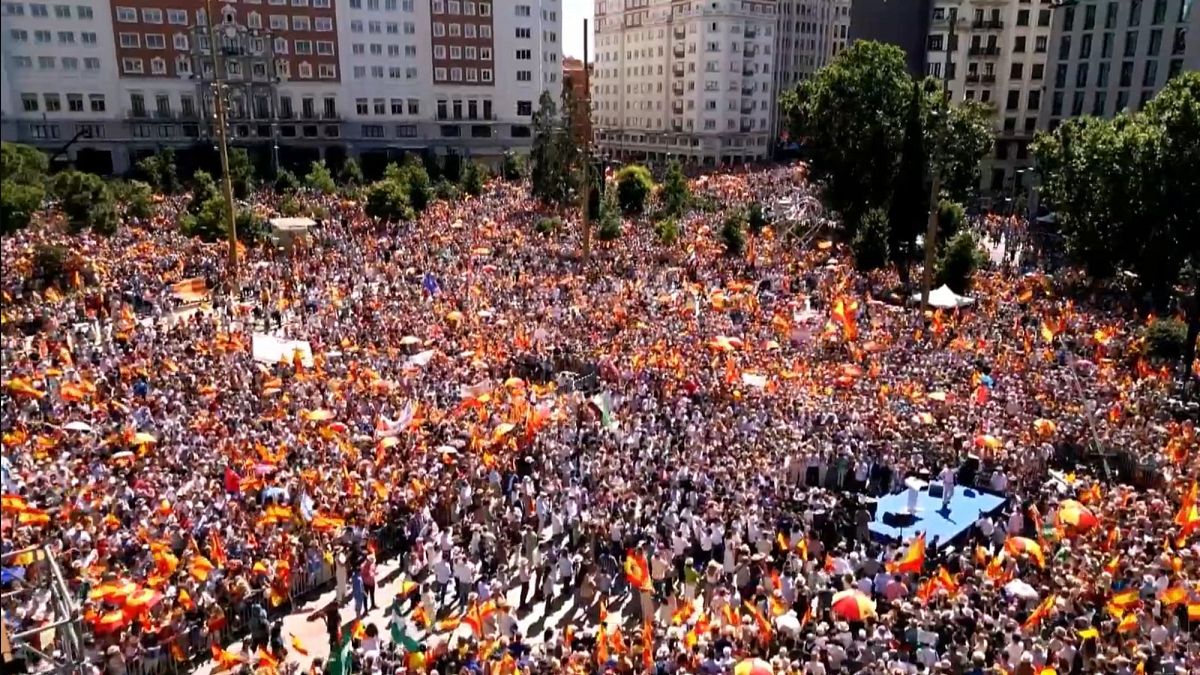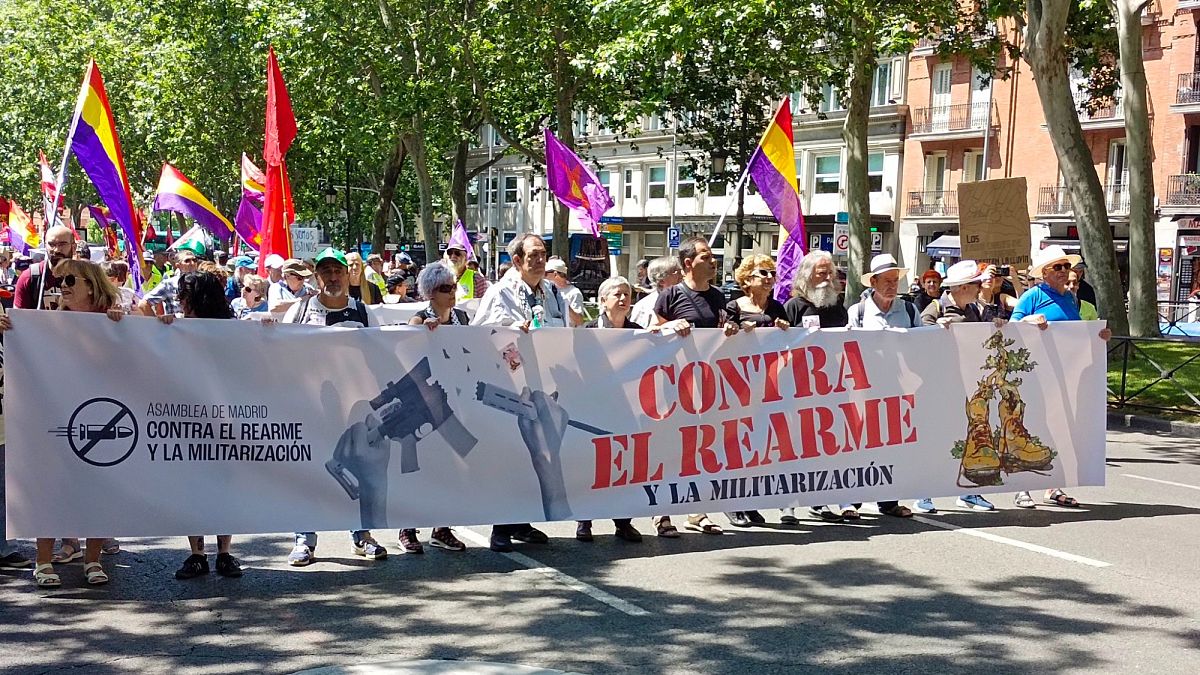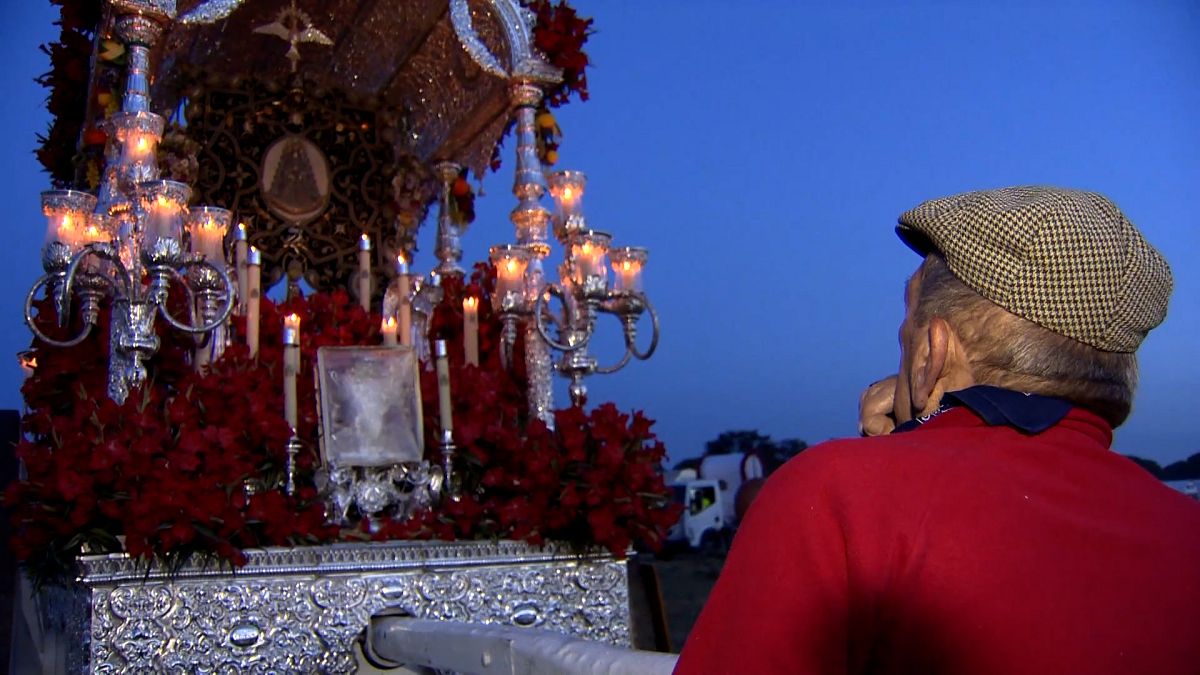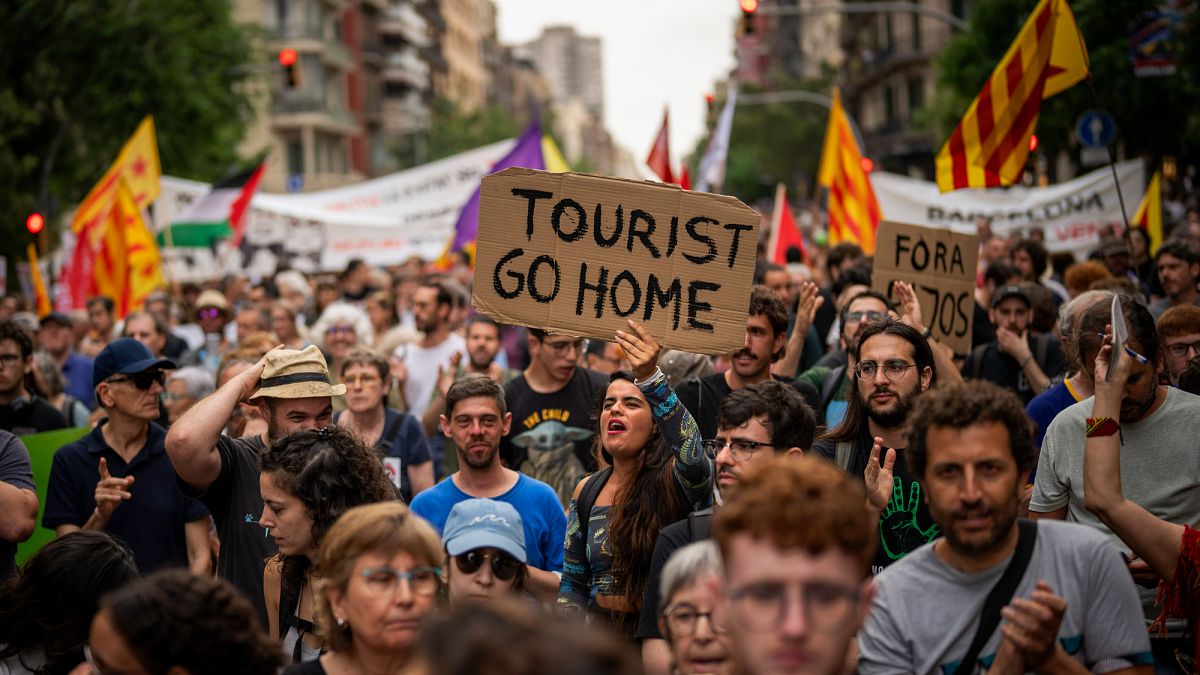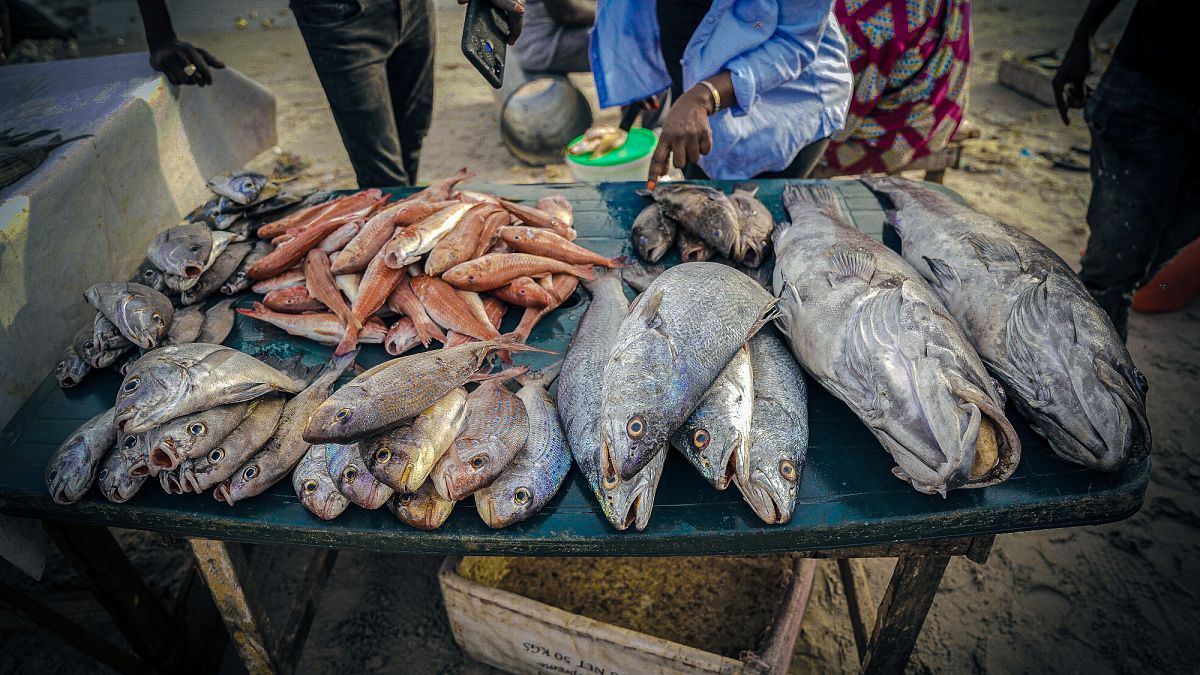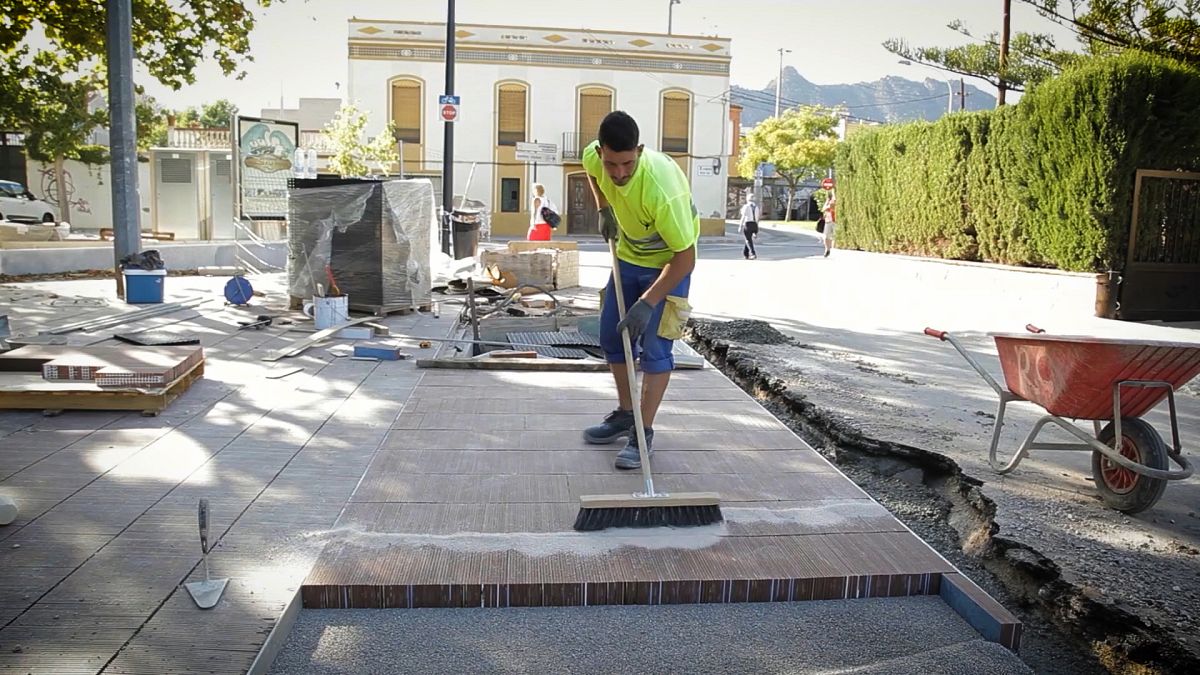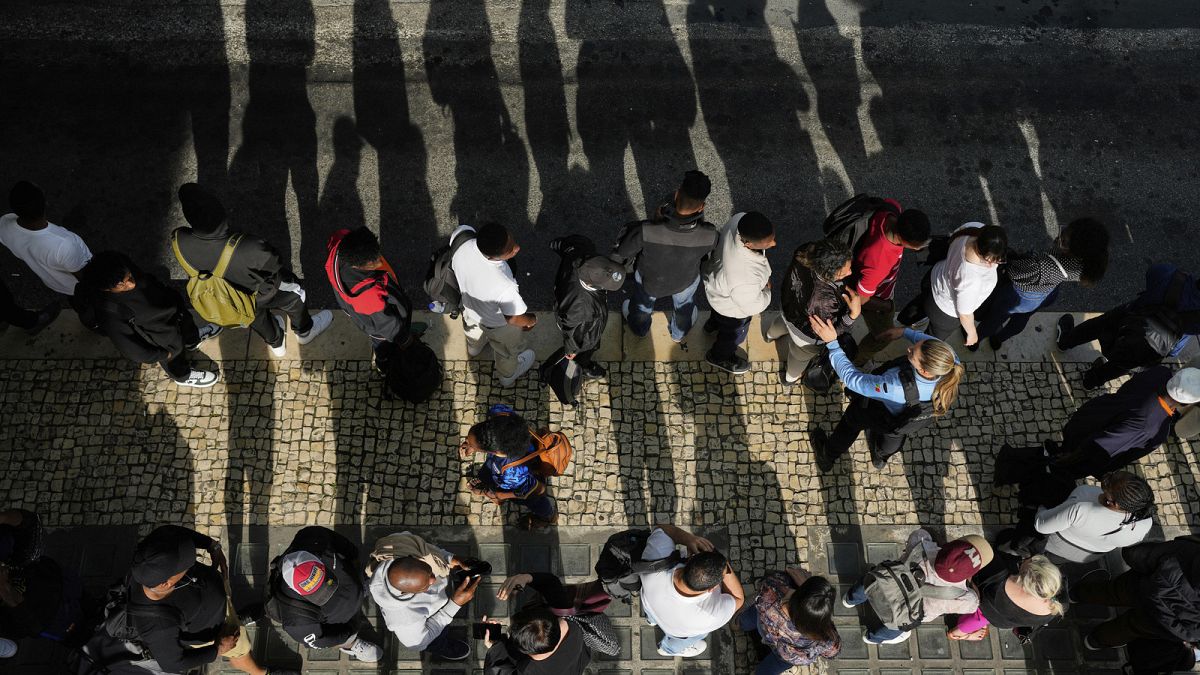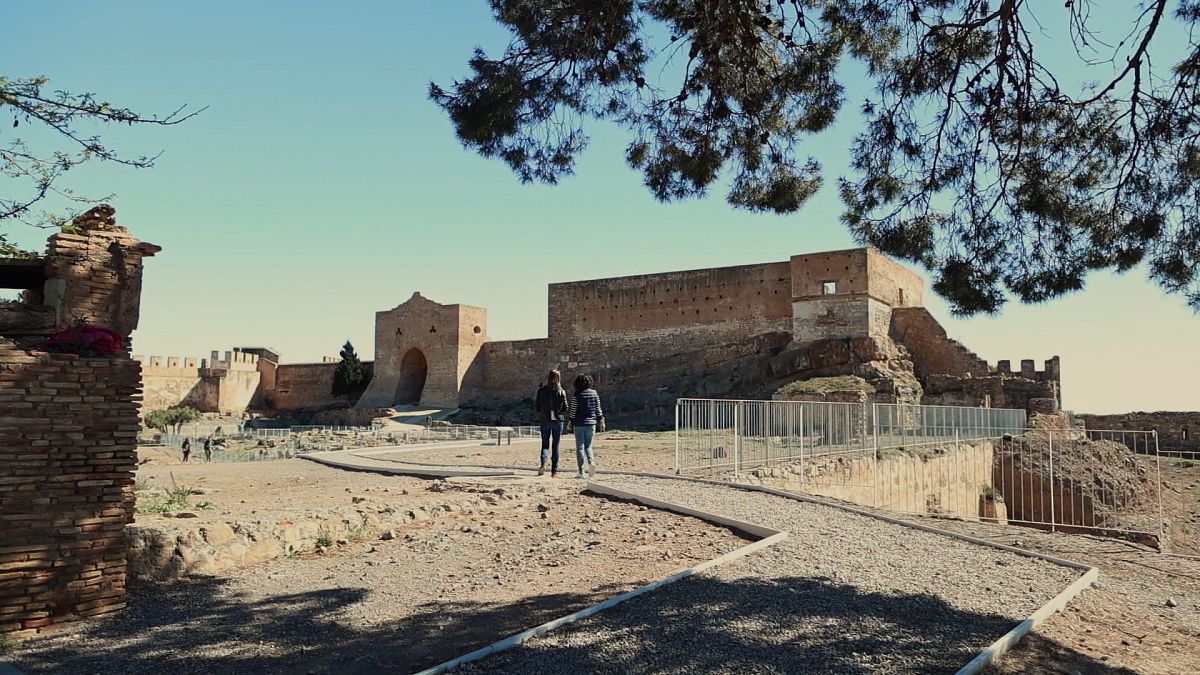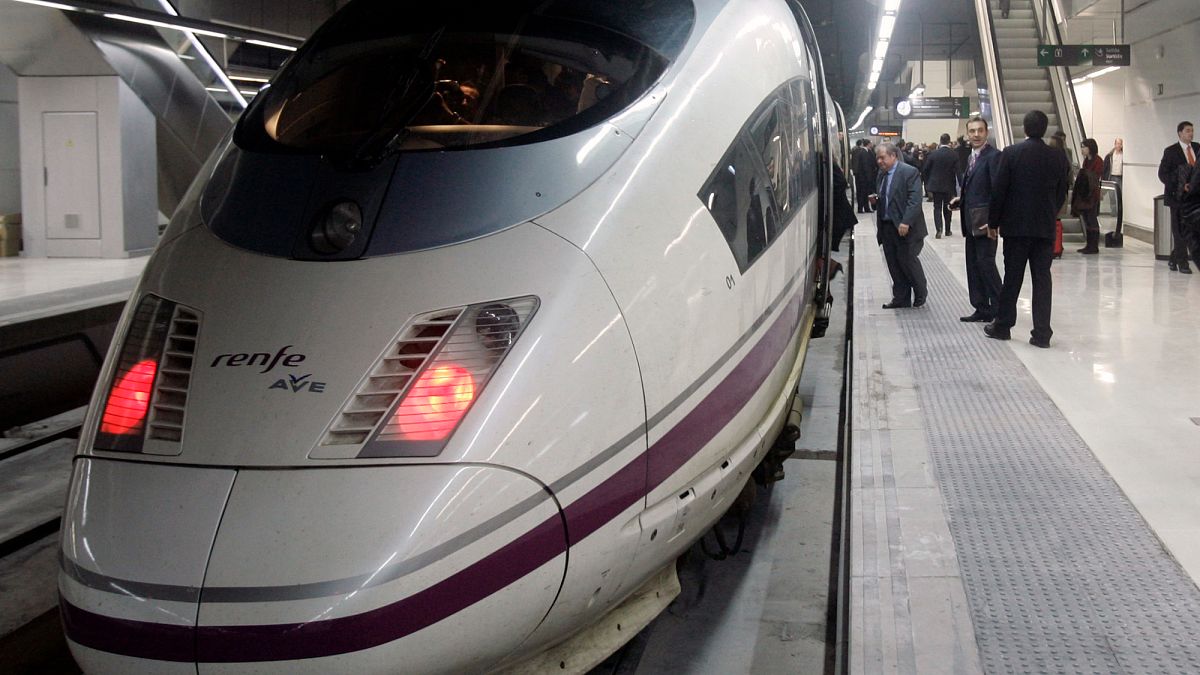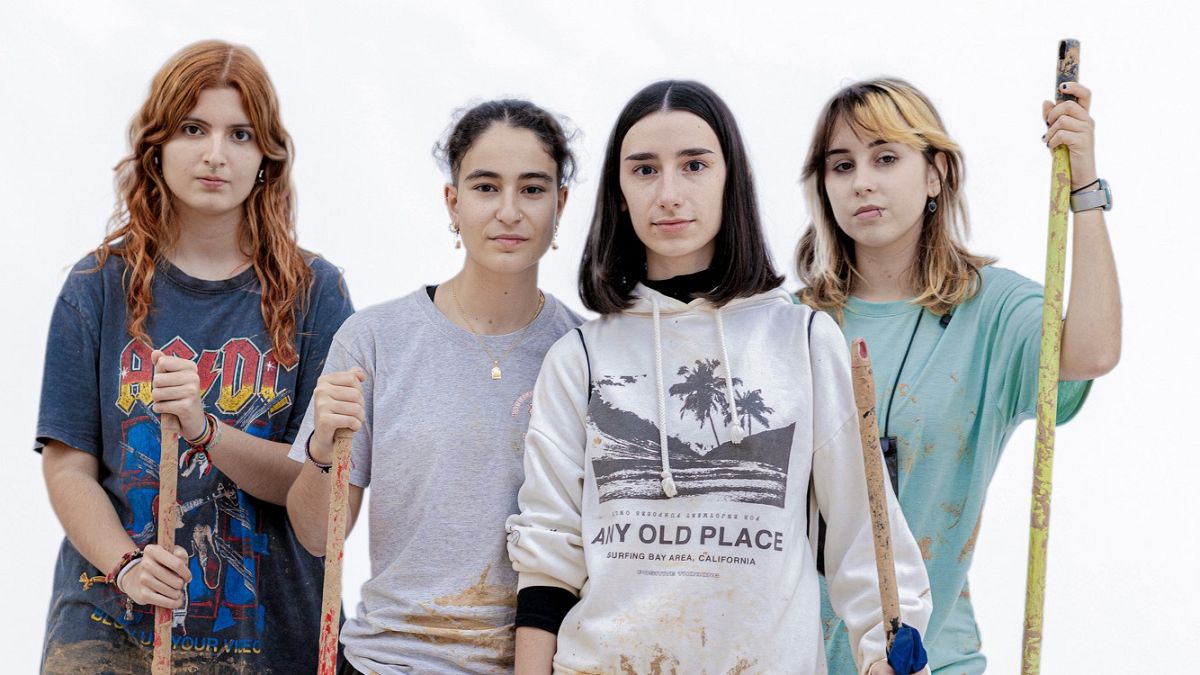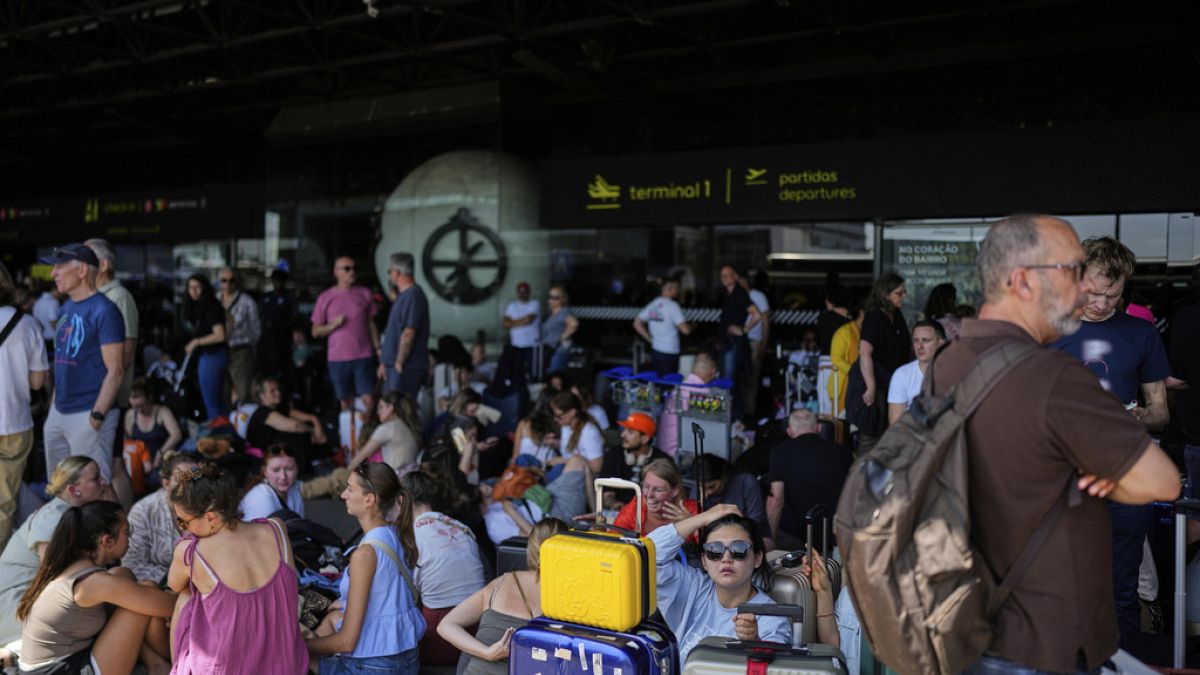Wildfires in Tenerife: A paradise up in flames

Wildfires across the world are devastating huge areas. Often humans are the culprits with campfires, cigarettes and even arson attacks. But the question is: Is there is a link to climate change as well, to drought and heatwaves?
Tenerife in August is normally a tourist’s mecca. But this summer the paradise island turned into a flaming inferno.
In just a few days this wildfire devoured 15,000 hectares of forest. Emergency services had to evacuate 13,000 people.
Antonio Aguiar shows us his burnt chestnut tree planted by his great-grandfather. He’s struggling with tears, looking at the blackened landscape.
“Horrible, it’s so sad. The consequences are fatal, barbaric, unbelievable,” he says. His chickens are dead: “None of us thought that the fire would come here, but it was coming so voraciously, so hard, with such force, that the flames were 40 or 50 meters high, and the only thing I could get out of here was the dog”.
Antonio blames bad forest and land management. On uncultivated areas, powder-dry underwood accumulates – a feast for arsonists.
“On the island, an estimated 60% of the farmland is abandoned,” Aguiar says.
One of his friends, Miguel Salazar Jacinto, agrees and adds “in former times people took dry wood out of the forests for cooking. And huge cattle herds were present everywhere. So the forests were much cleaner.”
I get access to the emergency command centre. The operative leaders of the fire service, civil protection, police, and military forces of Tenerife decide to go ahead with the airborne fire battle. The problem is the island’s urban sprawl. Many houses lie close to the burning forest.
The Spanish Minister for the Ecological Transition, Teresa Ribera Rodríguez, shares this viewpoint: “We need to invest into anticipation and early warning systems,” she tells Euronews.
Why did the fire become so huge in such a short space of time?
There is too much dead wood (and dry organic material) in the mountain canyons. Civil protection head Montserrat Román explains that the fire created its own climate: a 6km-high smoke column, spreading sparks for days into all directions.
Román confirms that climate crisis does play a role: “We have increasingly frequent and extensive heat, high temperatures and drought conditions. Climate change has a role to play in the intensification and severity of these fires.”
Professionals from the Canary Islands are warning: The worst is still to come.
Bad forest management and high population pressure turned the Canaries into a powder barrel. Wrong development schemes, climate crisis and arsonists are working hand in hand.
This wildfire might be over for now, but the next one is already waiting.
Source: Euro News



